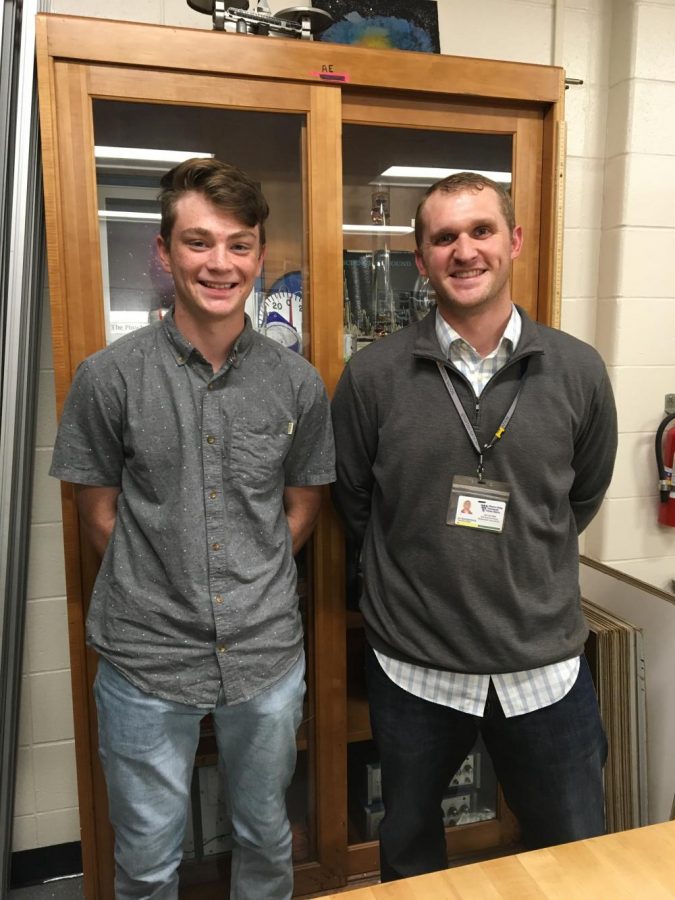
What started out as a school project for AP Physics 2 quickly developed into something much more. Klaus Storl-Desmond, a senior at PV, was able to develop a mathematical method to track projectile motion which eventually got the attention of NASA. This method could be extremely significant, as it is currently very difficult to track projectiles due to the change in air resistance as it reaches different altitudes; Storl-Desmond’s method eliminates the need to include air resistance. “Instead of thinking of these as changing, I assumed that the velocity remains constant over an infinitely small interval. In looking at projectile motion as an infinite series of non-changing variables, projectile motion becomes much easier to calculate.” Using this method, one is able to find the object’s ending location and follow the projectile’s flight, assuming all variables remain constant.
He started his project at the end of last year, and over the summer he became engrossed in how everything worked together. “I just got absorbed in how all the math fit together and how much of a language math is when you can manipulate numbers in a certain way,” said Storl-Desmond.
The results he got caught his eye, as well as that of James Van Howe, a physics professor at Augustana College. They decided to take his calculations a step further and build a simulation on MATLAB, a software program for engineers. “Using my method, we got extremely low error for the distance intervals that we used,” commented Storl-Desmond.
Van Howe was made aware of this project via email from Storl-Desmond asking for help and for resources. “Klaus has been doing some great work on an interesting project. I helped answer some of his questions over email, directed him to some other resources, and then we met one day for a couple of hours to follow up in-person,” says Van Howe. Van Howe was able to connect to a friend of his at Baylor University, who, agreeing that Storl-Desmond’s work was significant, then notified NASA of the problems Storl-Desmond was working on.
There still is much left for Storl-Desmond to work through and figure out, but the end goal is to have NASA review his work and potentially use it. Van Howe says, “Depending on which direction he will go, it certainly leads to beautiful, complicated physics. The joke about rocket science being difficult is no lie! Many of the things he is probing range from advanced undergraduate problems that are difficult, but have well-known answers, to real world engineering issues and problems.”
Storl-Desmond has always loved science, but developed a passion for physics after being taught by Ian Spangenberg, a physics teacher at PVHS. “I learned everything I know about physics from him. He’s the best teacher I’ve ever had and I will definitely look to him if I run into any problems during the rest of this process,” says Storl-Desmond.
Storl-Desmond hopes to attend Massachusetts Institute of Technology but is also looking into University of Southern California and University of Pittsburgh. He is planning on majoring in engineering, but he is not sure on the specifics. Storl-Desmond knows he still has more work to do, but his hard work, dedication and motivation to learn will help him reach for his goals.
